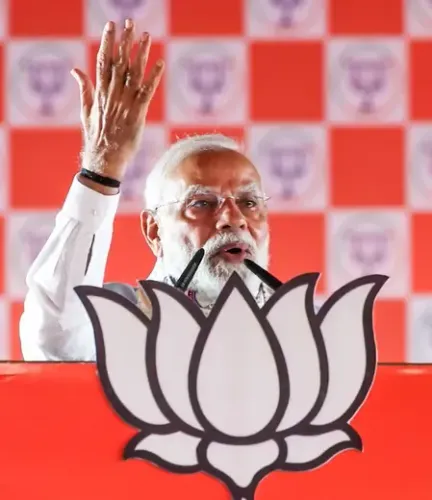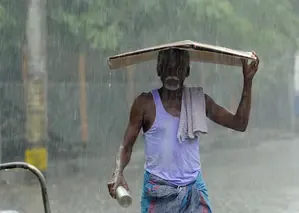Will Staggered Working Hours Help Combat Delhi's Pollution Crisis?

Synopsis
Key Takeaways
- Staggered working hours aim to reduce traffic congestion.
- New timings set to begin on November 15.
- Government seeks to improve air quality in Delhi.
- Officials emphasize proactive measures against pollution.
- Similar strategies were implemented by previous governments.
New Delhi, Nov 7 (NationPress) In light of the escalating air pollution crisis in the national capital, Chief Minister Rekha Gupta has announced the introduction of staggered working hours at Delhi government and Municipal Corporation of Delhi offices, as confirmed by an official on Friday.
Currently, offices of the Delhi government function from 9:30 a.m. to 6:00 p.m., while MCD offices operate from 9:00 a.m. to 5:30 p.m. The minimal 30-minute overlap between these hours contributes to significant traffic congestion during both morning and evening rush hours, exacerbating air pollution levels.
Given that pollution levels are projected to peak from November 15 to February 15, 2026, the government will establish new winter hours, with Delhi government offices shifting to 10:00 a.m. to 6:30 p.m. and MCD offices adjusting to 8:30 a.m. to 5:00 p.m.
This measure aims to alleviate the pollution crisis by preventing a sudden influx of vehicular traffic, thus promoting a more balanced distribution of traffic and potentially lowering pollution levels.
The Chief Minister has reiterated that her administration is committed to tackling pollution proactively.
In alignment with this ongoing initiative, the government has taken this precautionary step. She stressed that her administration does not wait for problems to escalate before seeking solutions.
Recently, a meeting was convened with senior environmental scientists to assess the deteriorating air quality in Delhi.
It was concluded that staggered office hours would be adopted across various departments of the Delhi government and MCD during the winter months.
Officials noted that past administrations have implemented similar strategies during periods of heightened pollution.
The Chief Minister directed that a sufficient variation in operational hours be maintained to prevent simultaneous peak-hour traffic congestion.
During the winter, pollutant levels like PM2.5 and PM10 can surge well beyond acceptable limits, severely impacting air quality and posing significant health risks.
The Chief Minister emphasized that by increasing the time gap between the operational hours of these entities, the number of vehicles on the roads at any moment would be reduced, aiding in pollution management.
This initiative is designed not only to evenly distribute traffic load but also to enhance air quality for residents.
She instructed officials to diligently enforce this schedule throughout the winter and to continuously monitor traffic and pollution metrics. She expressed optimism that this initiative will contribute to lowering pollution levels and provide much-needed relief to the citizens of Delhi.









